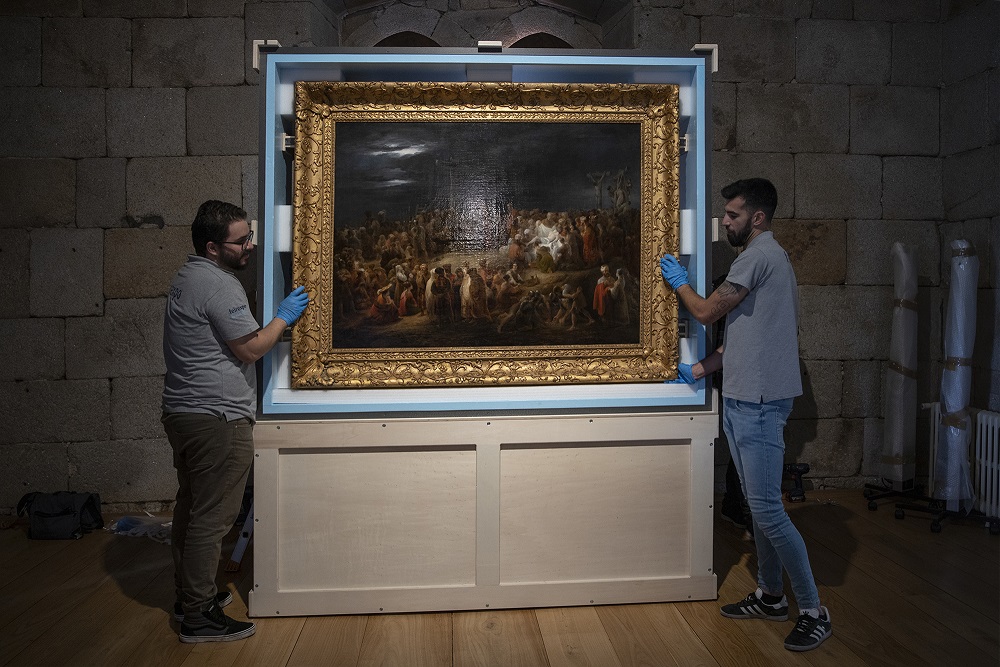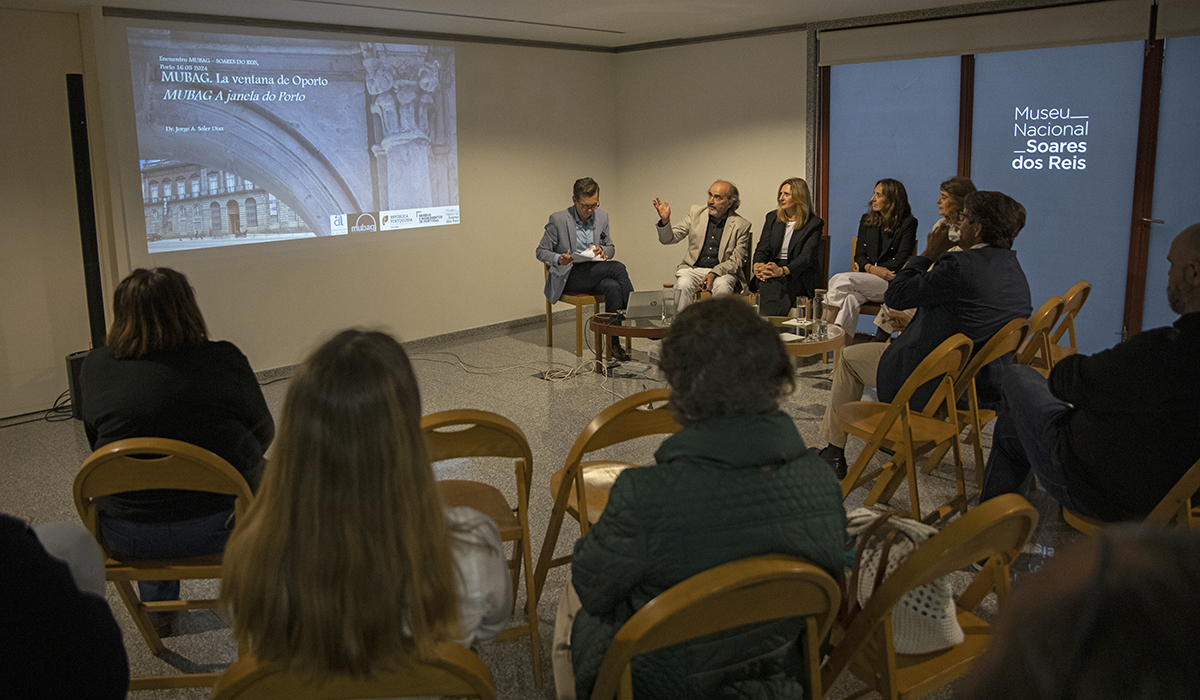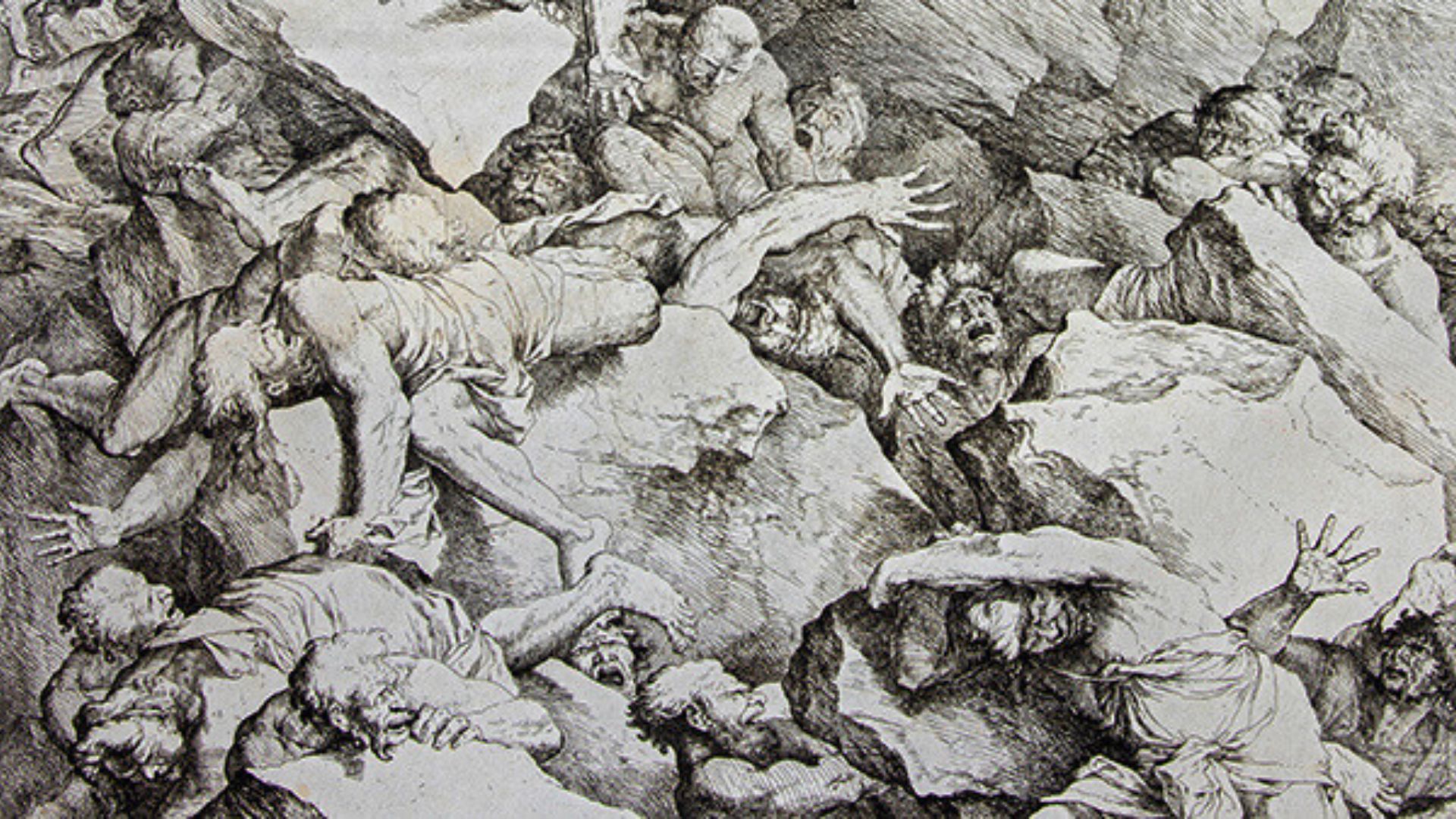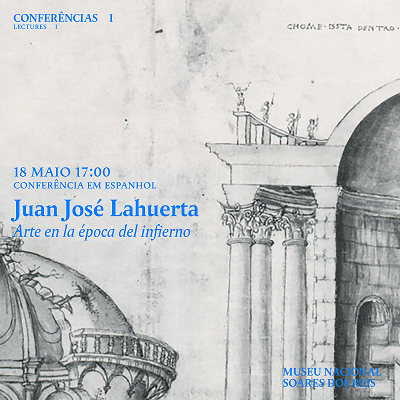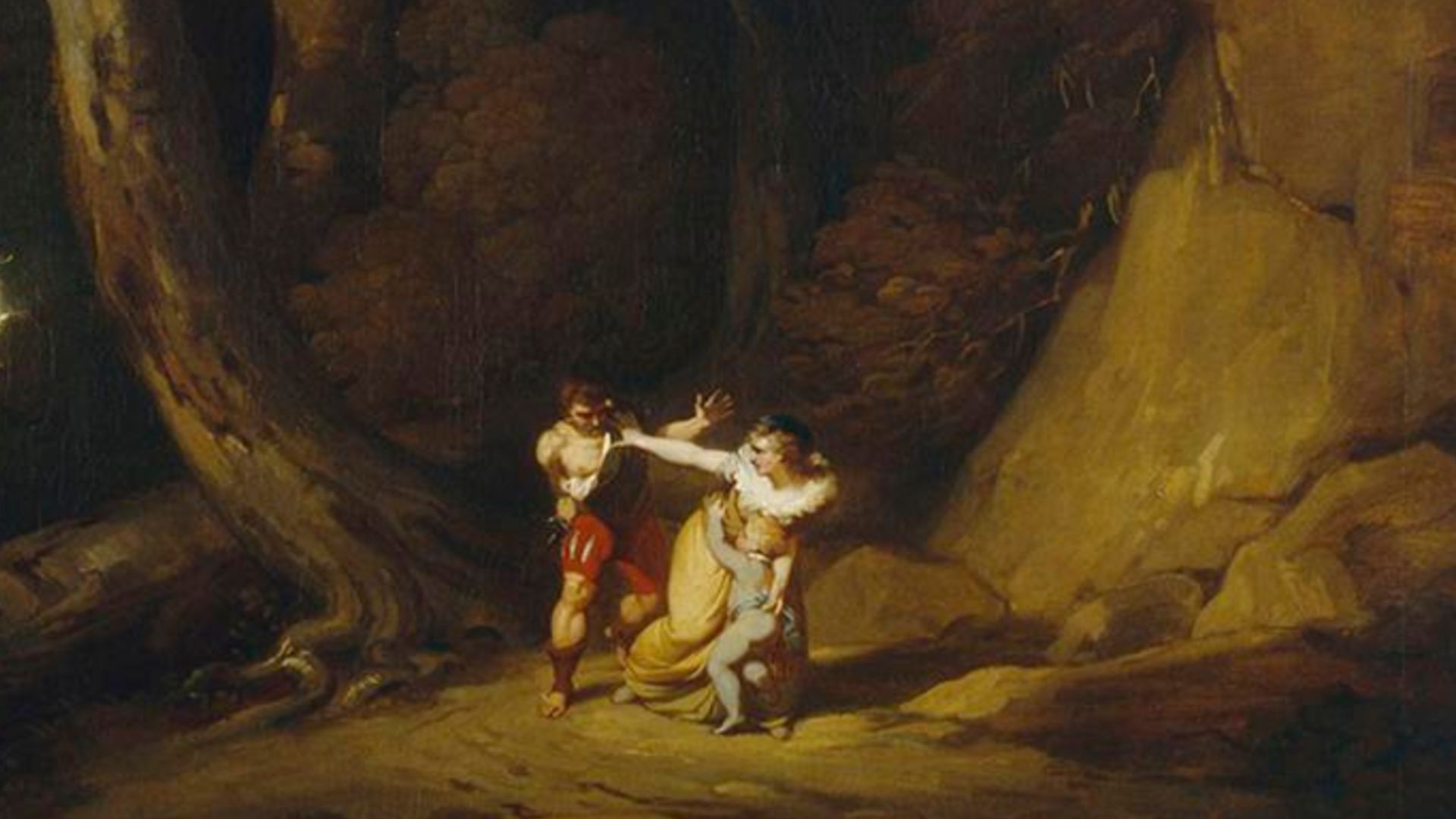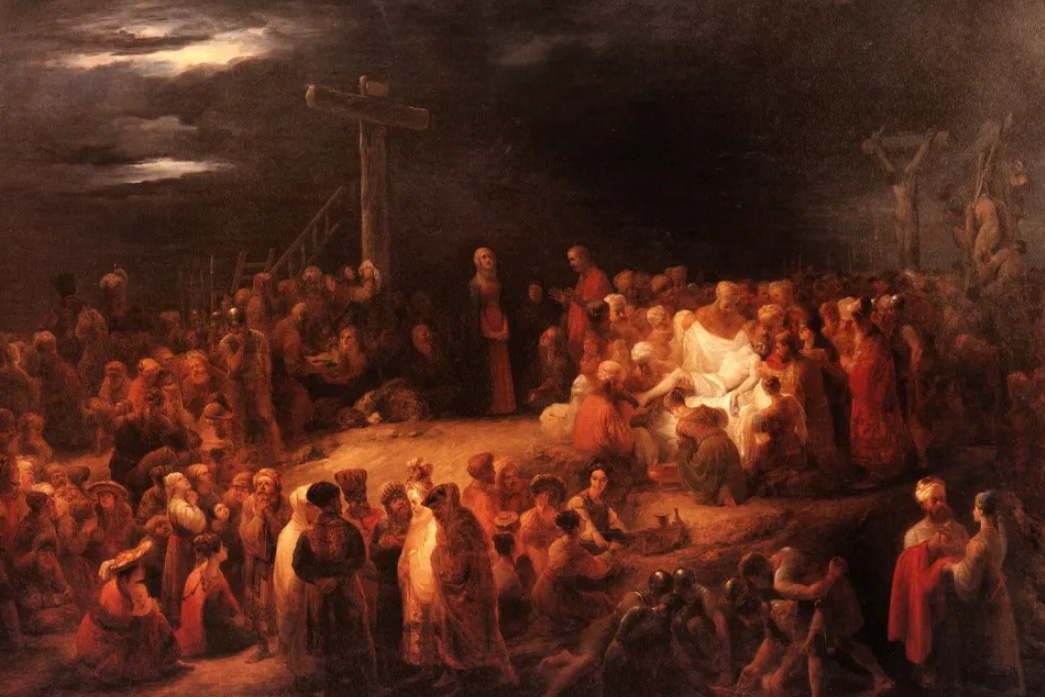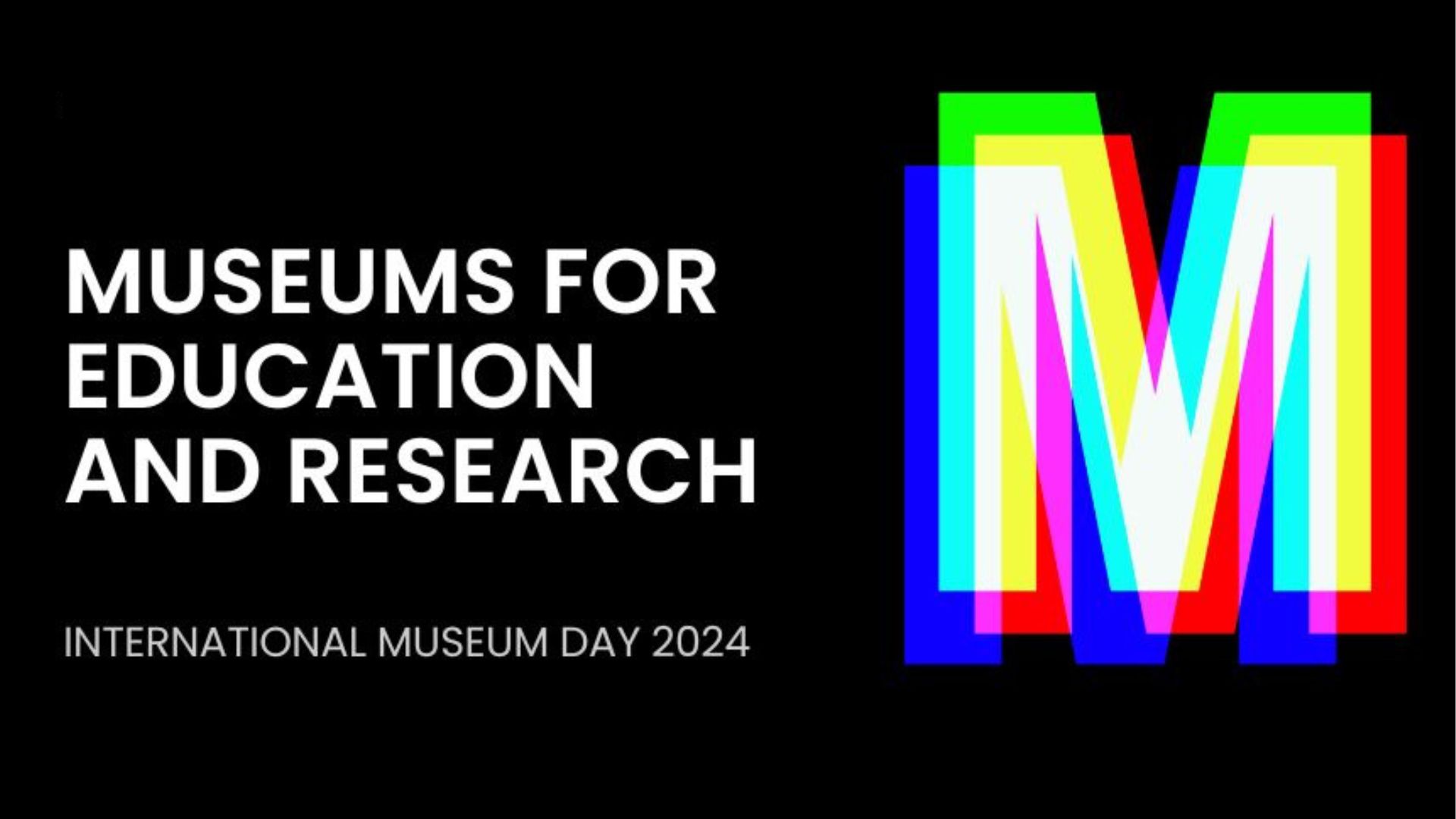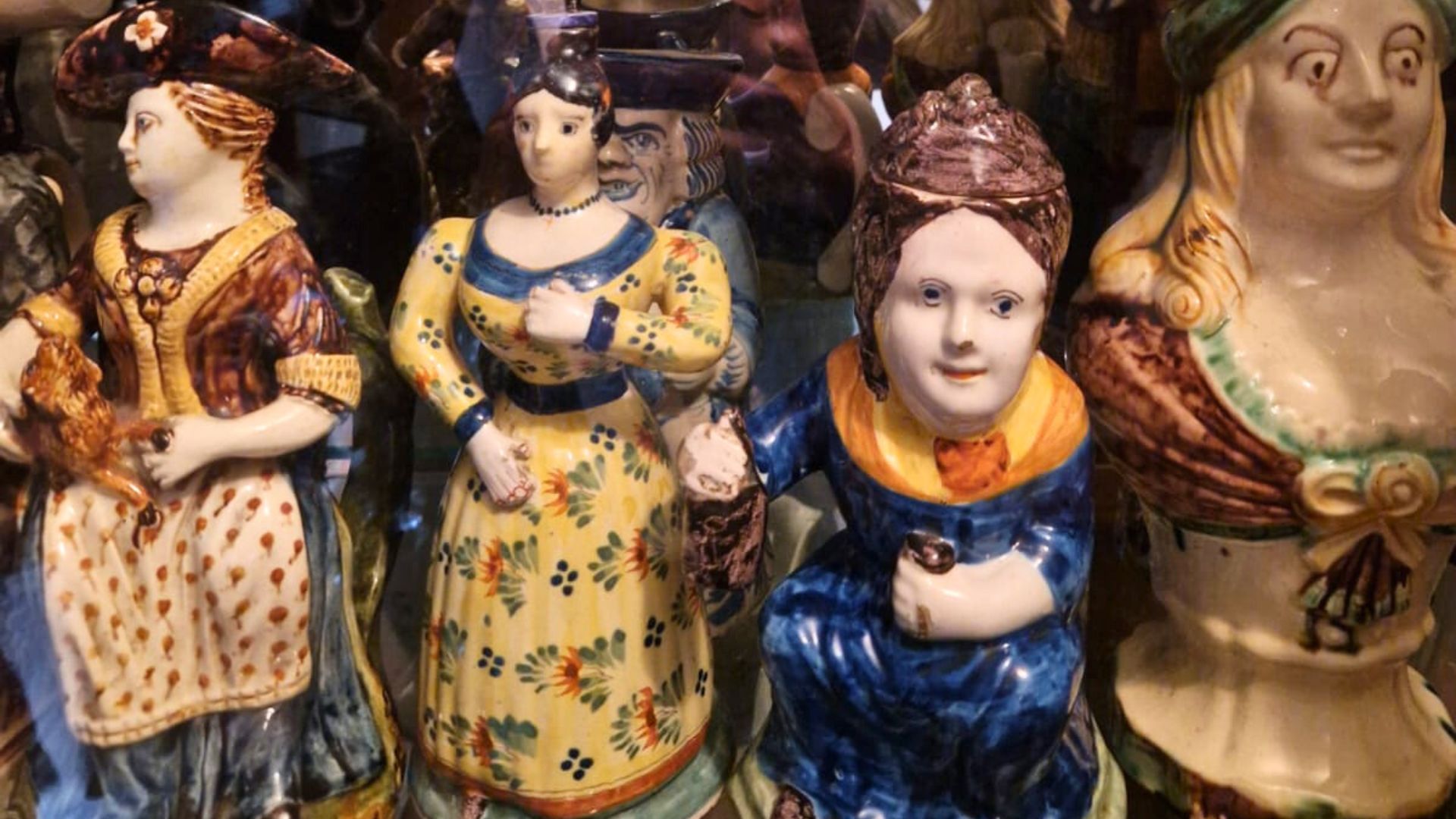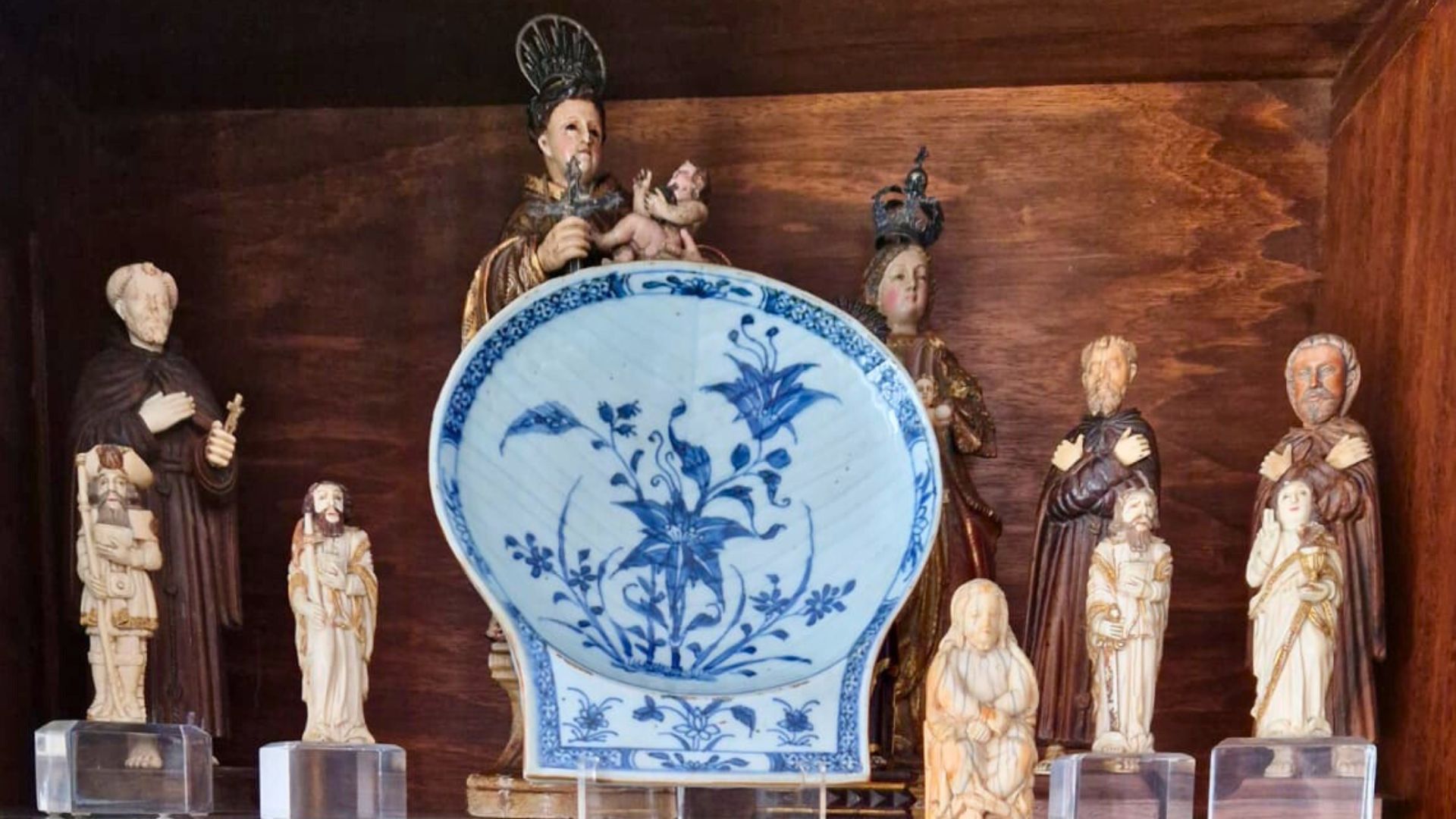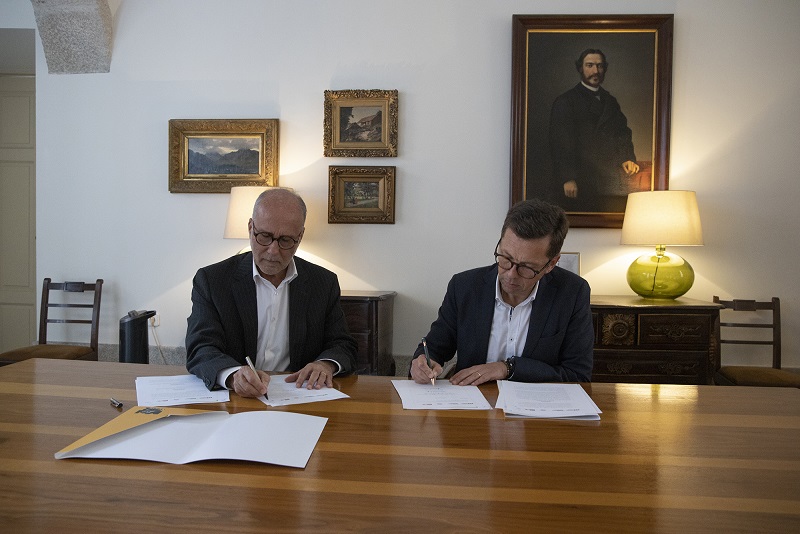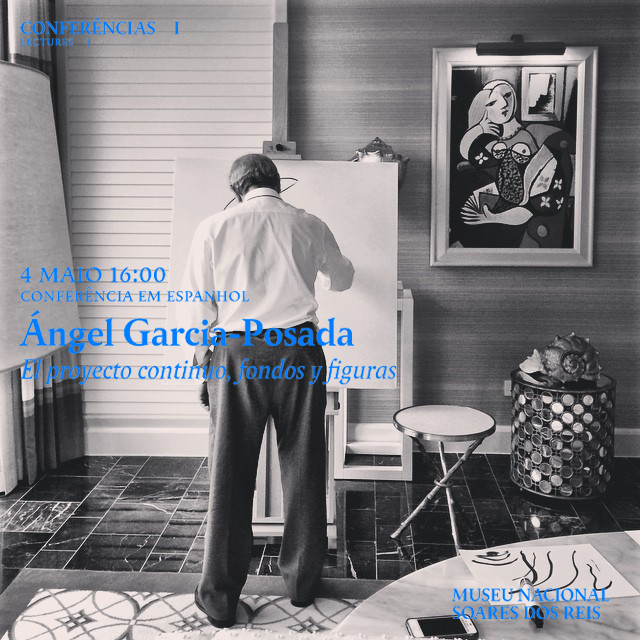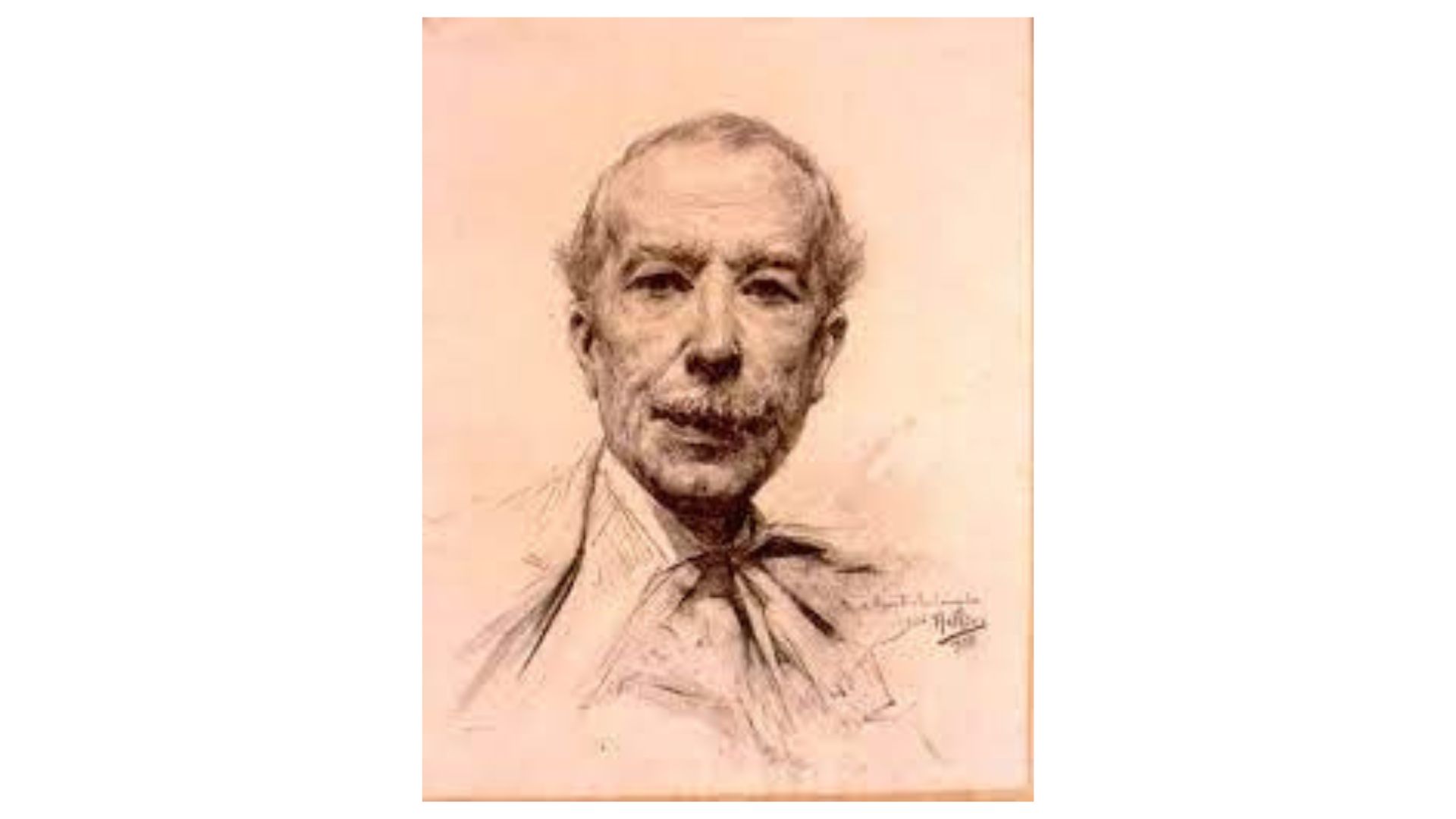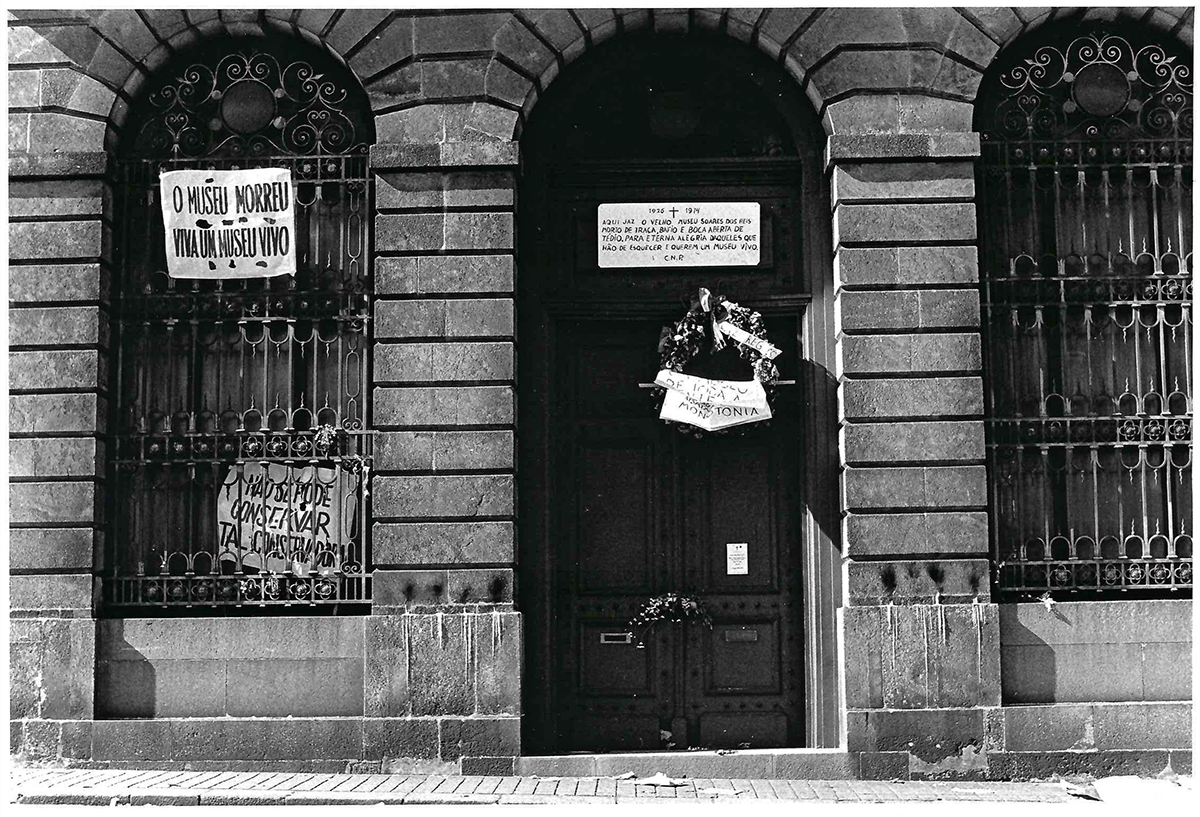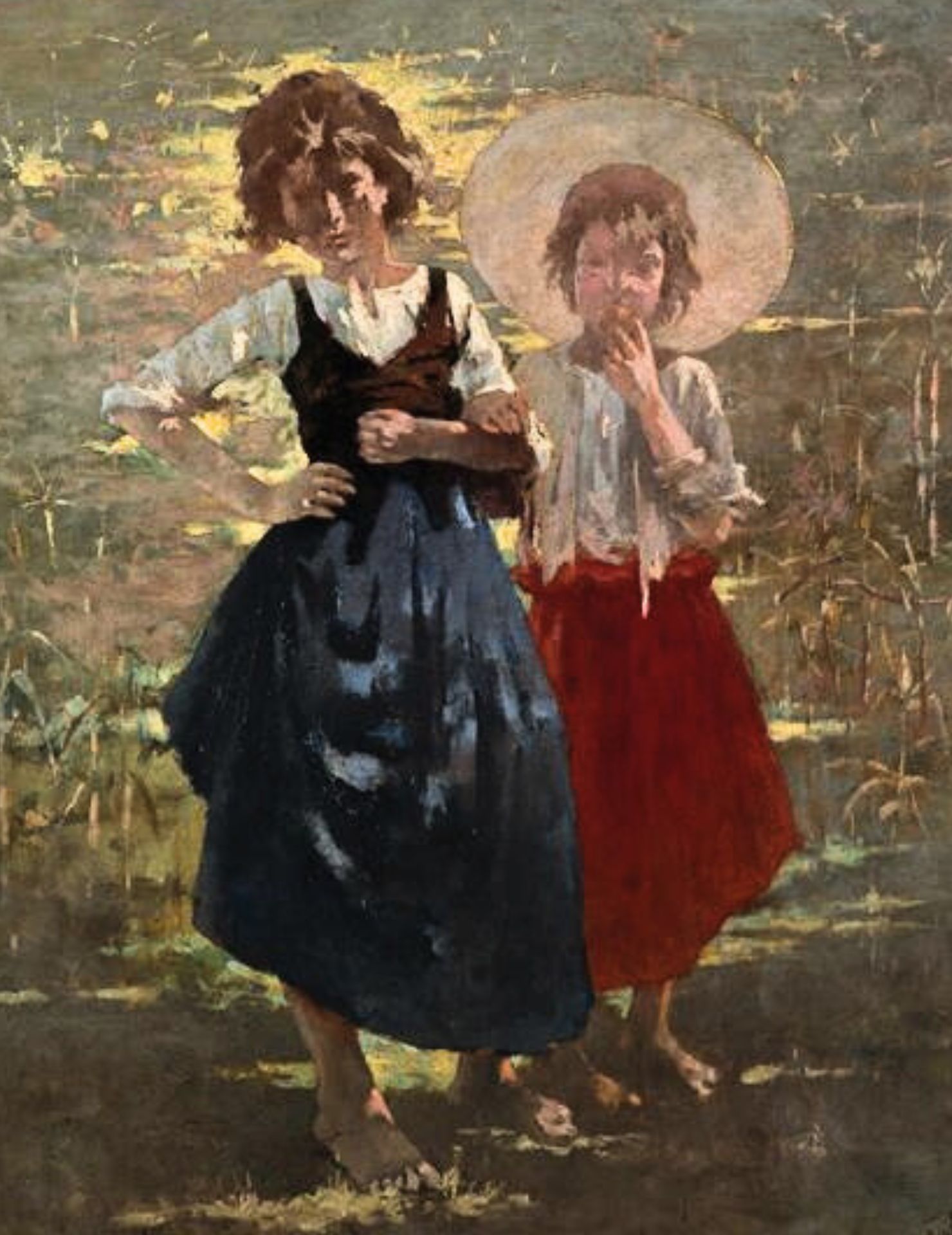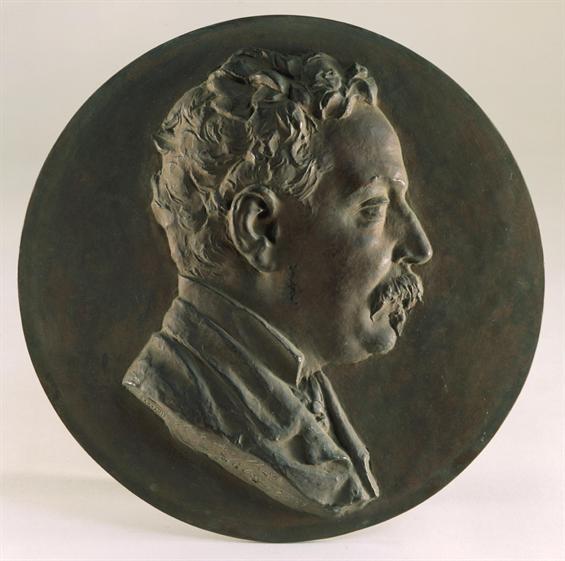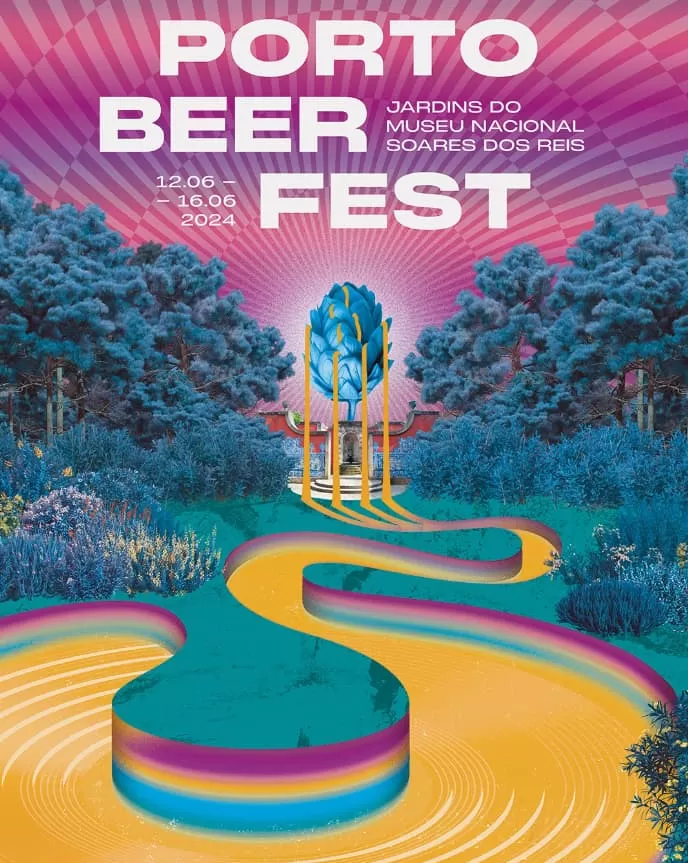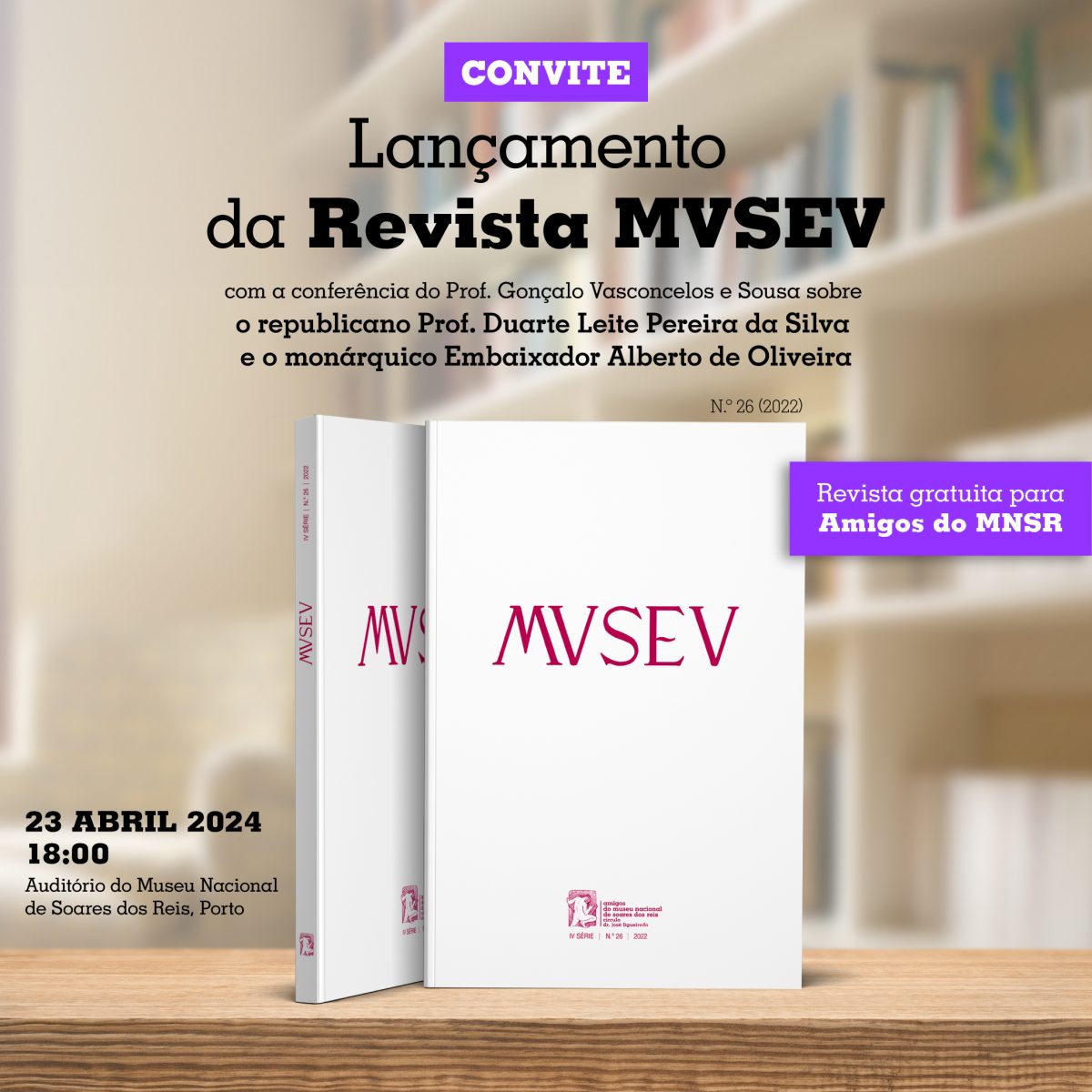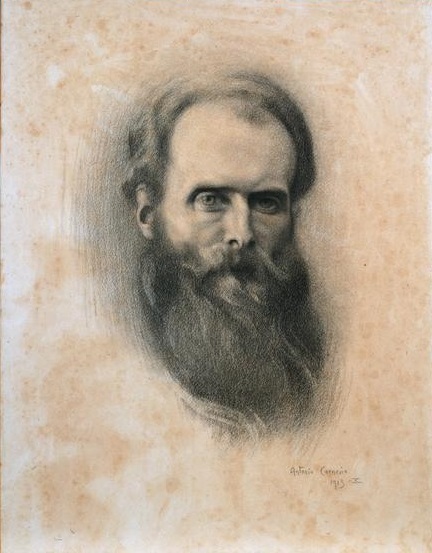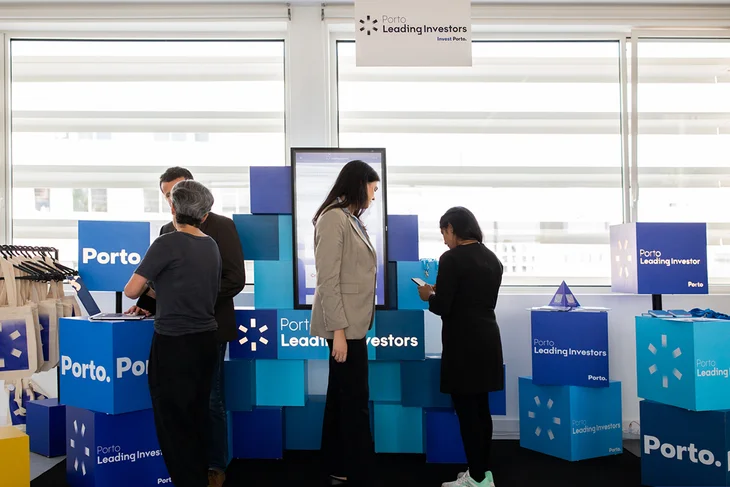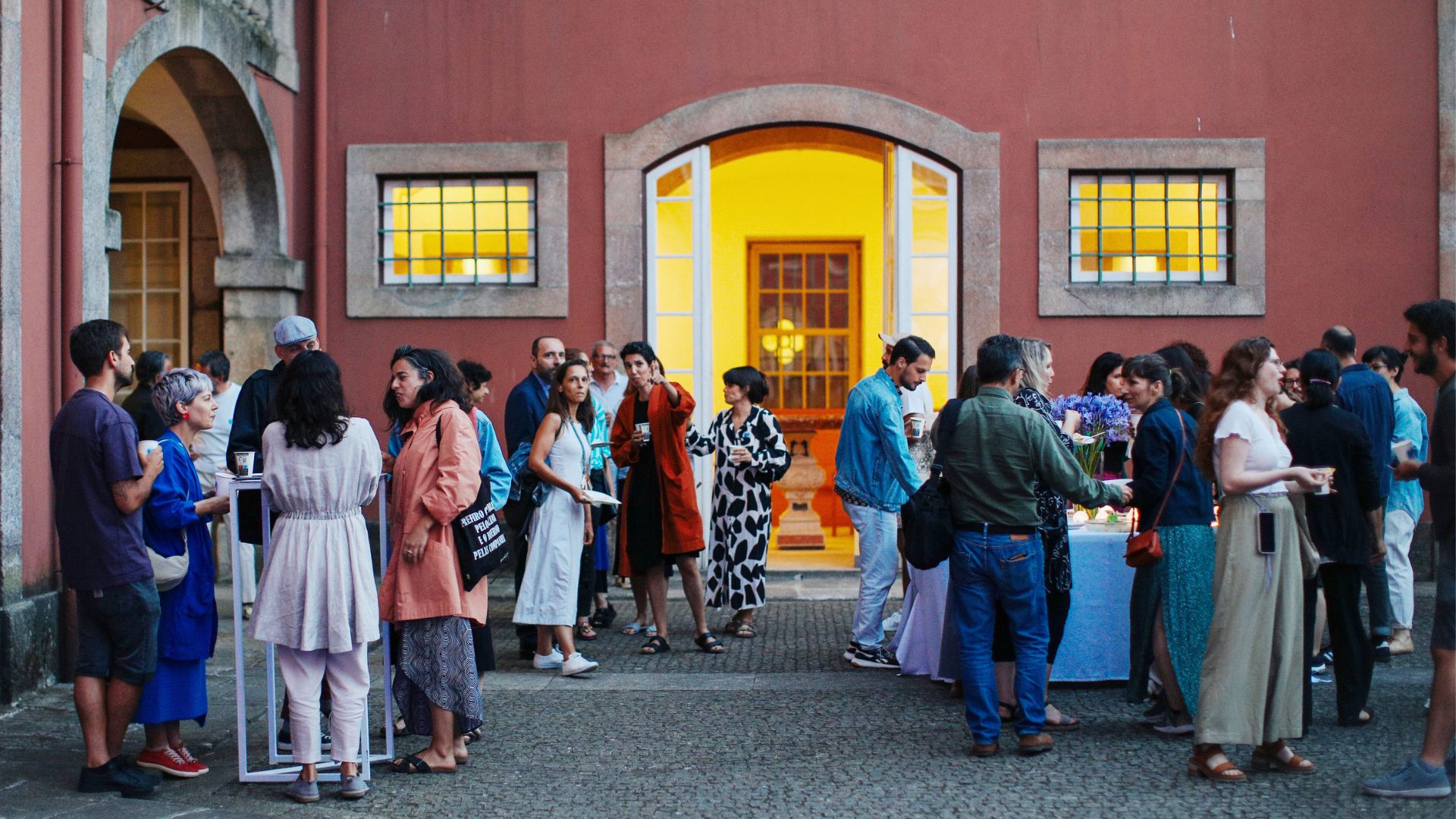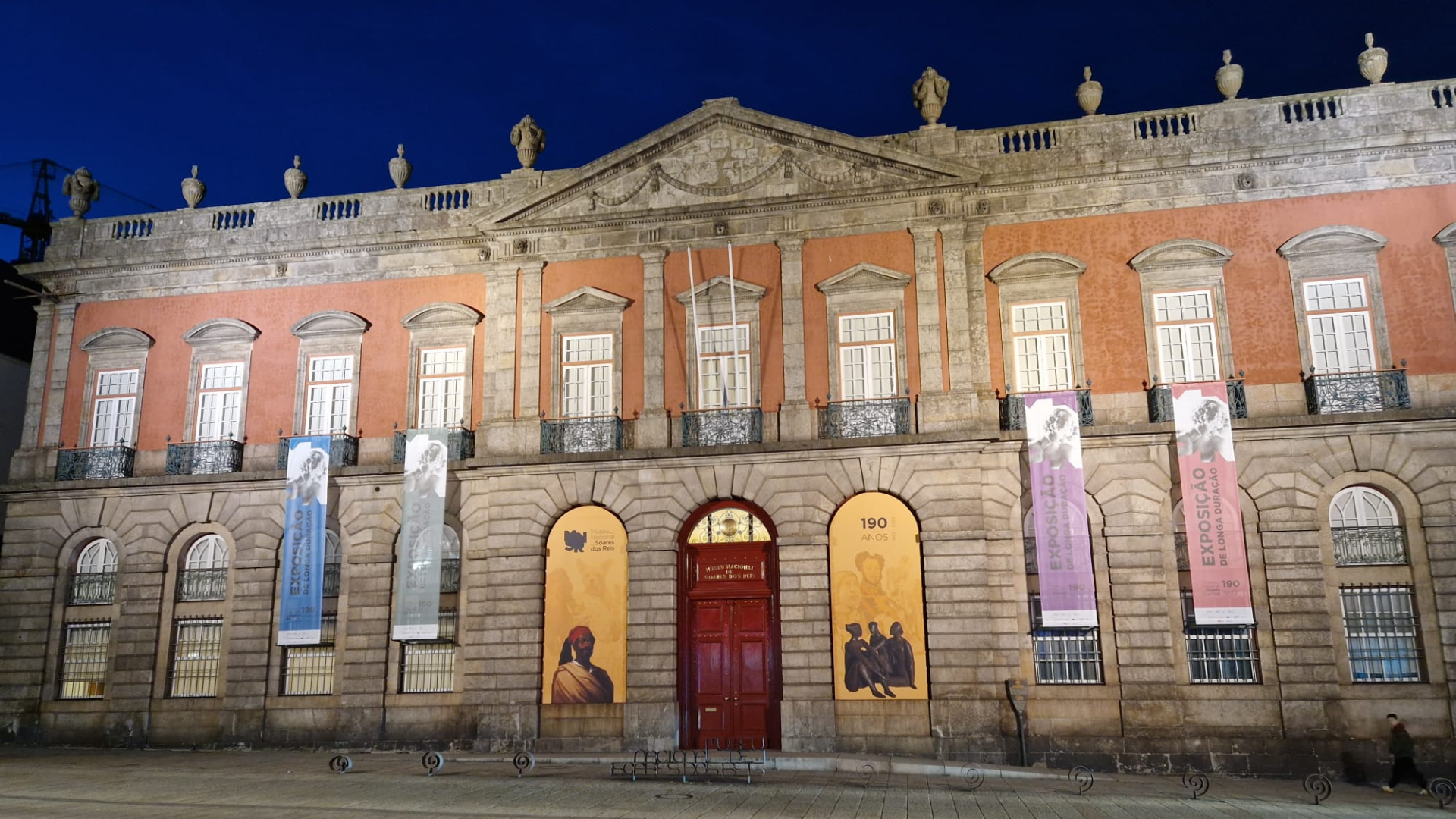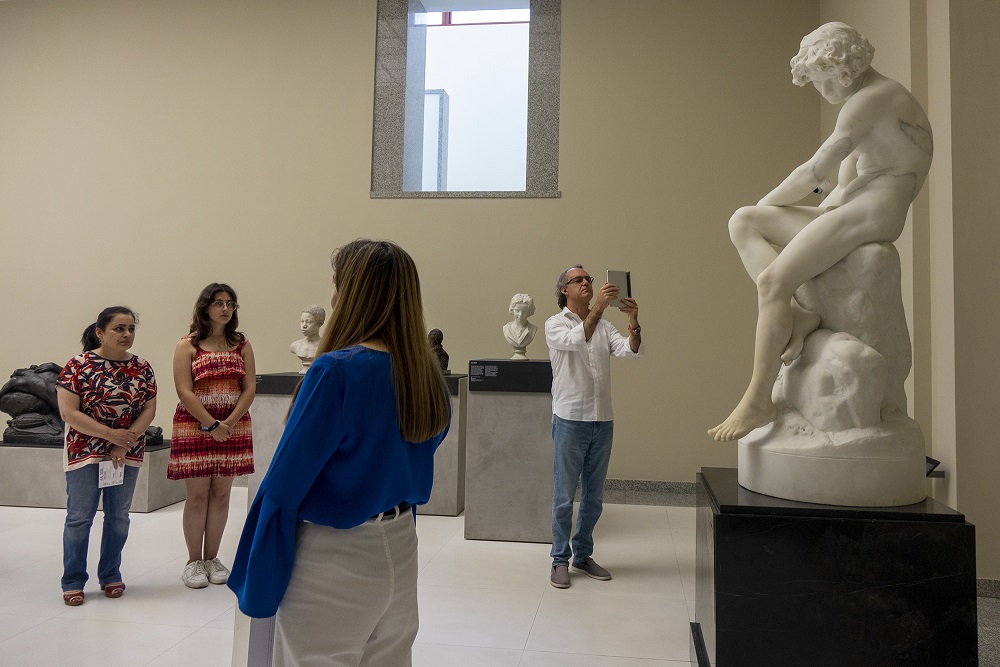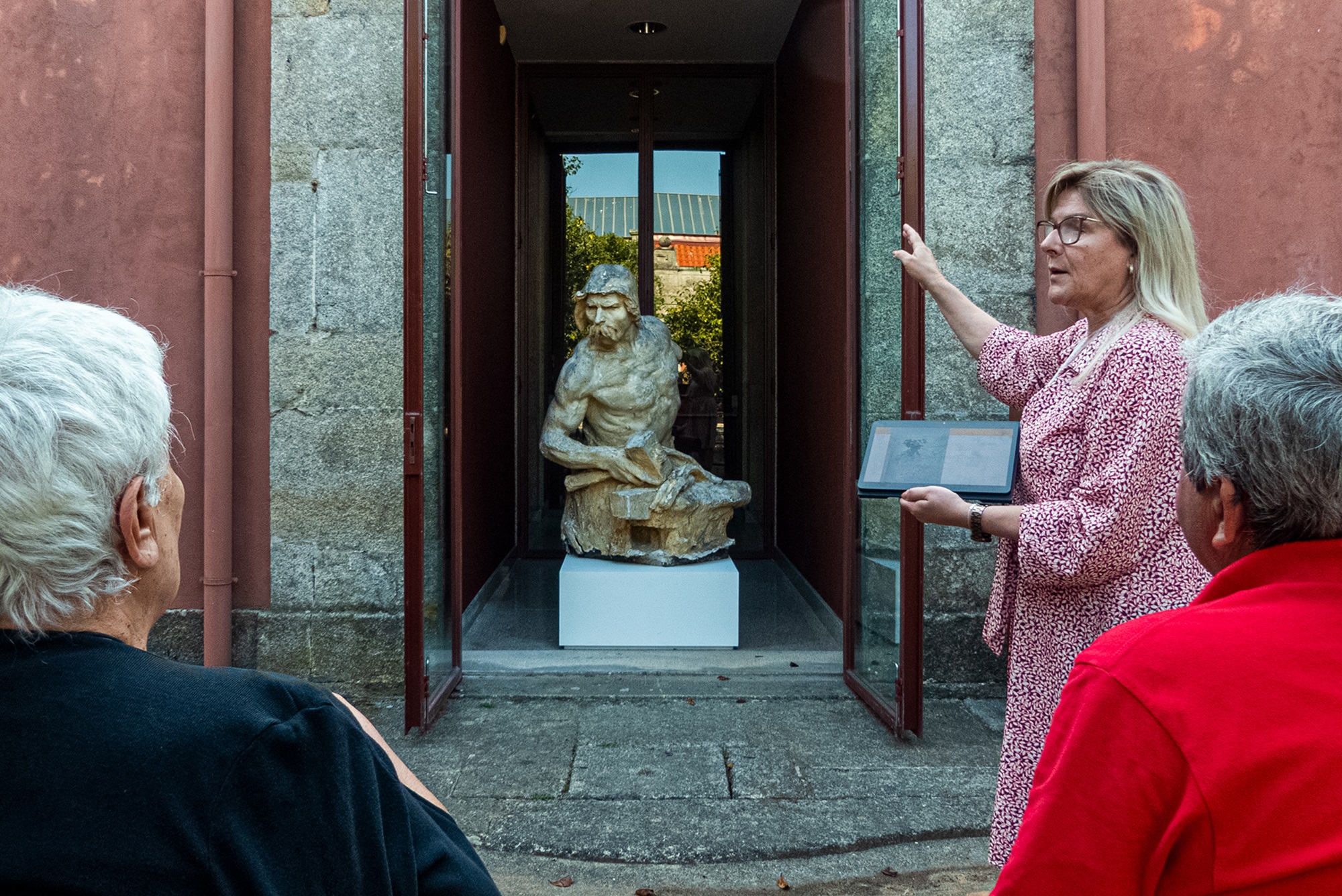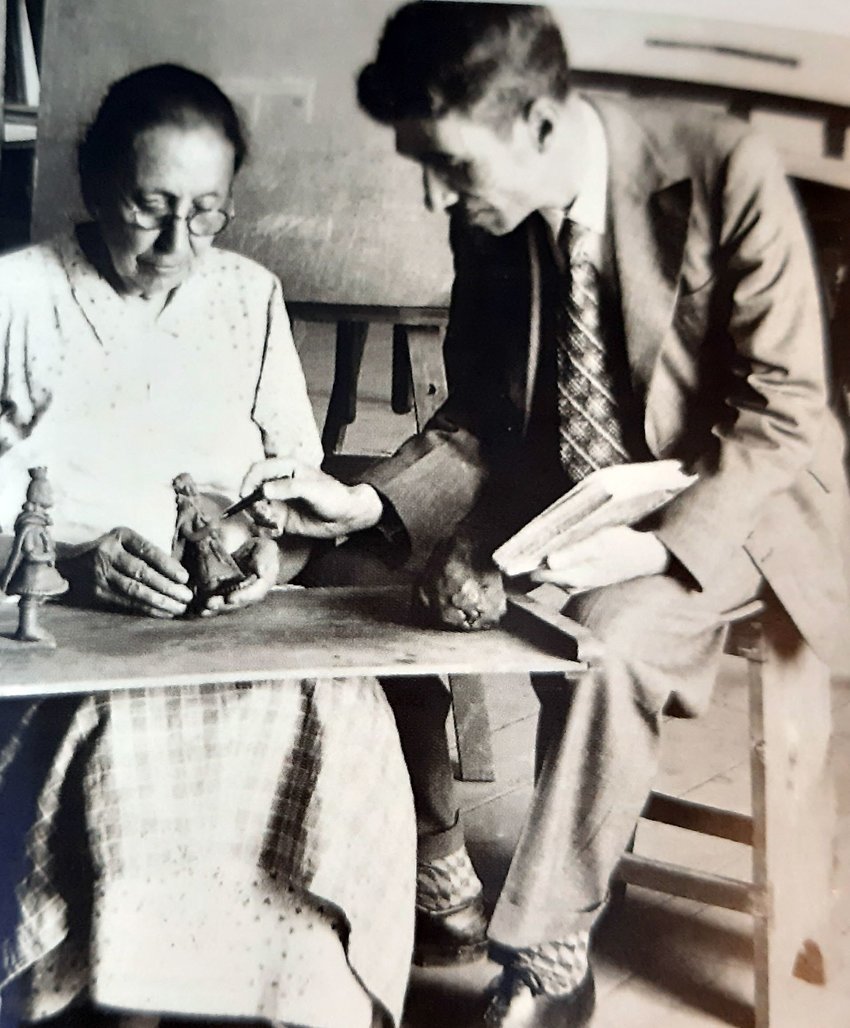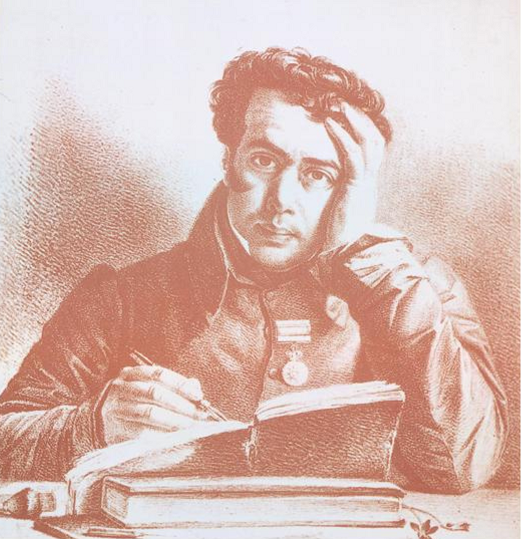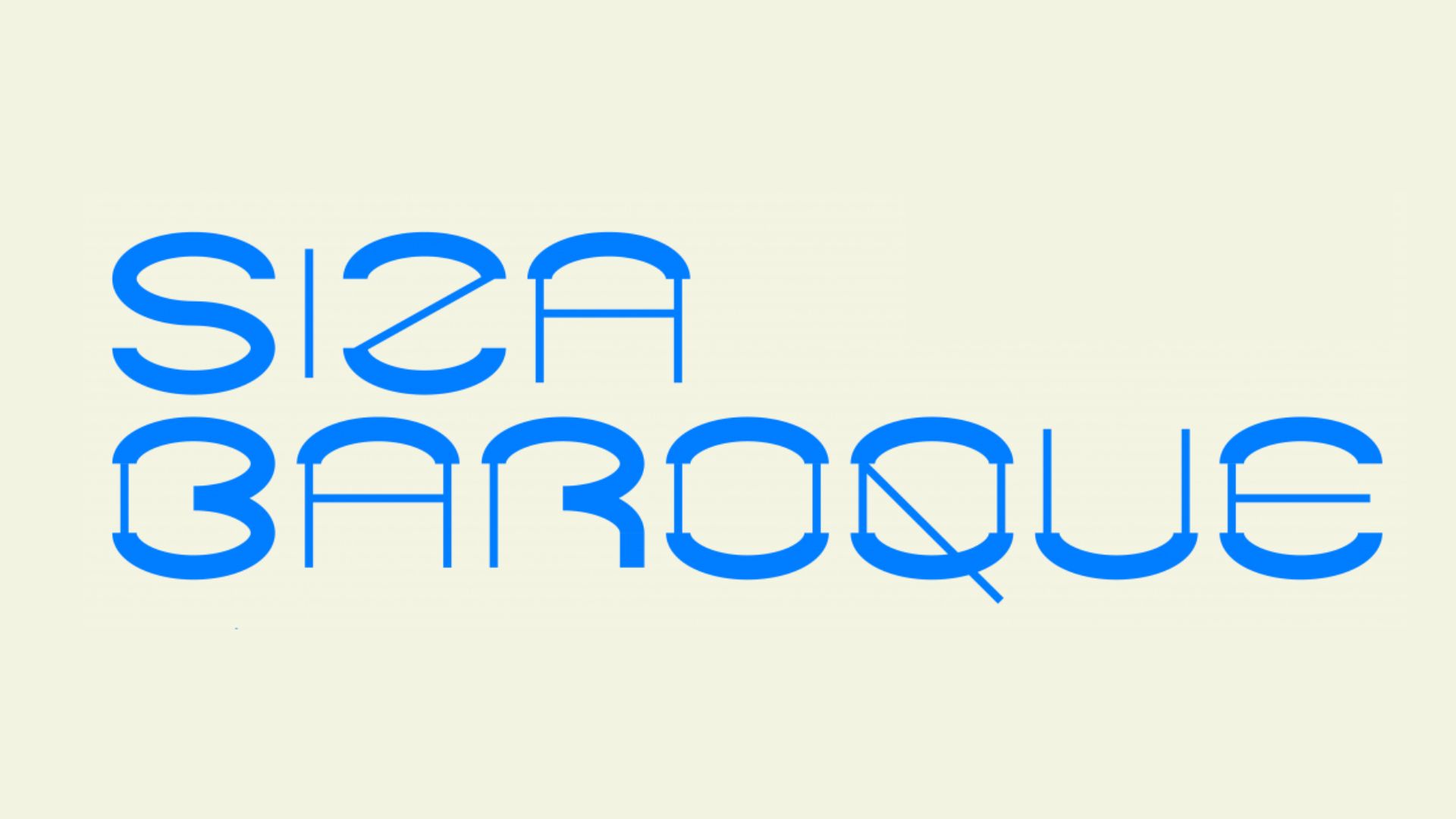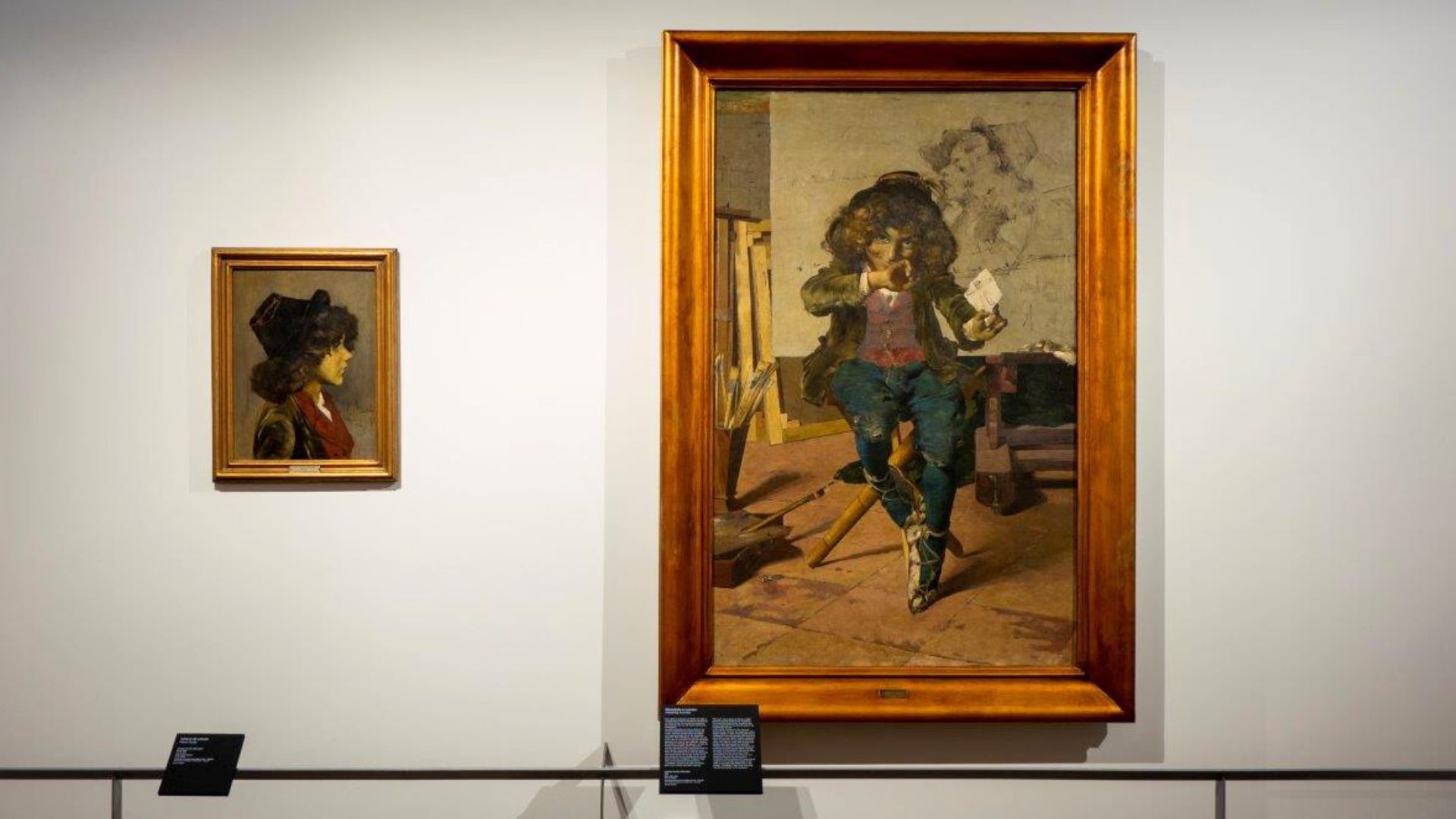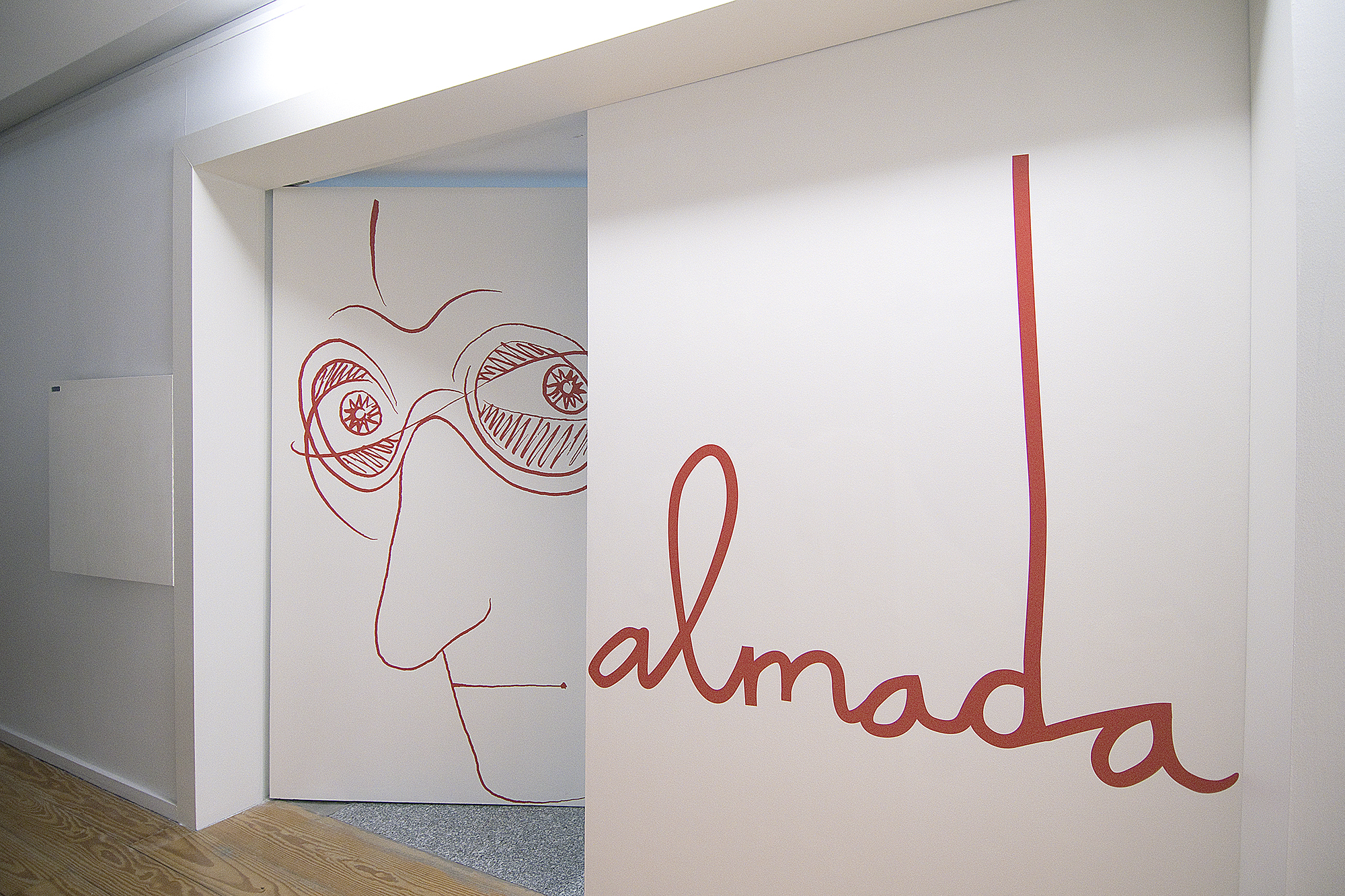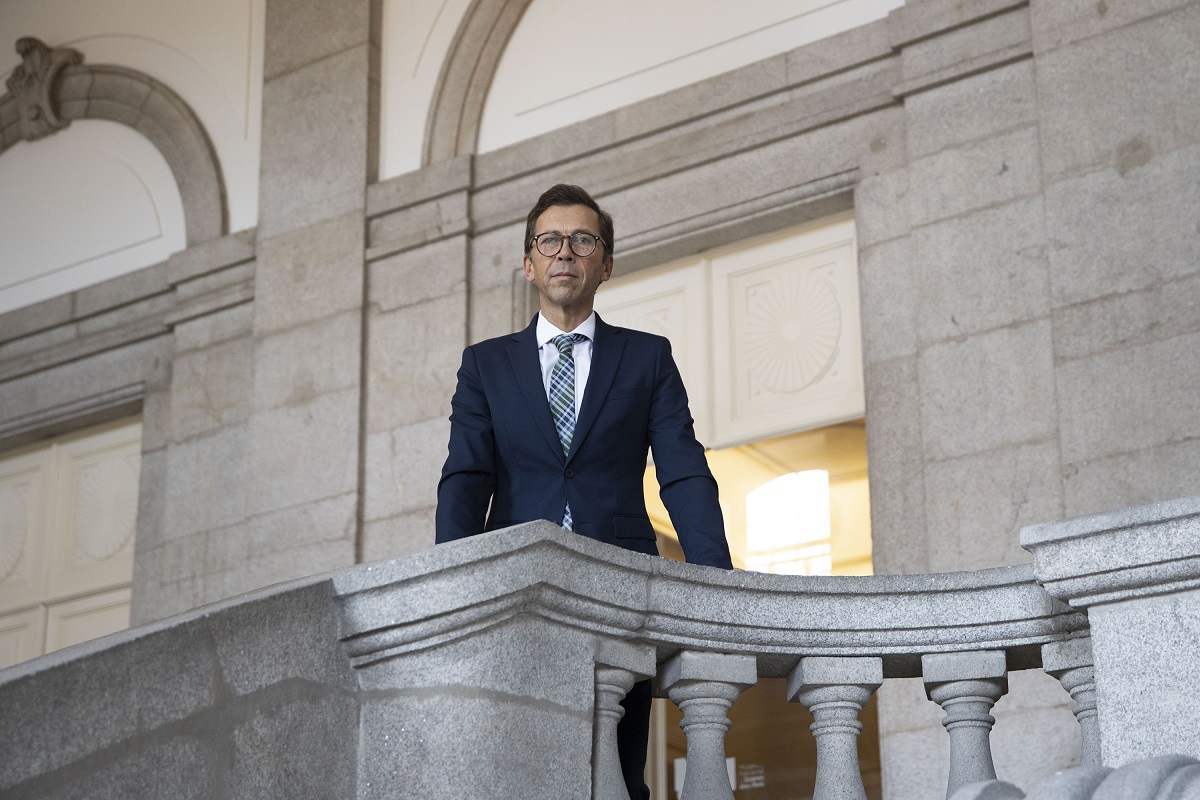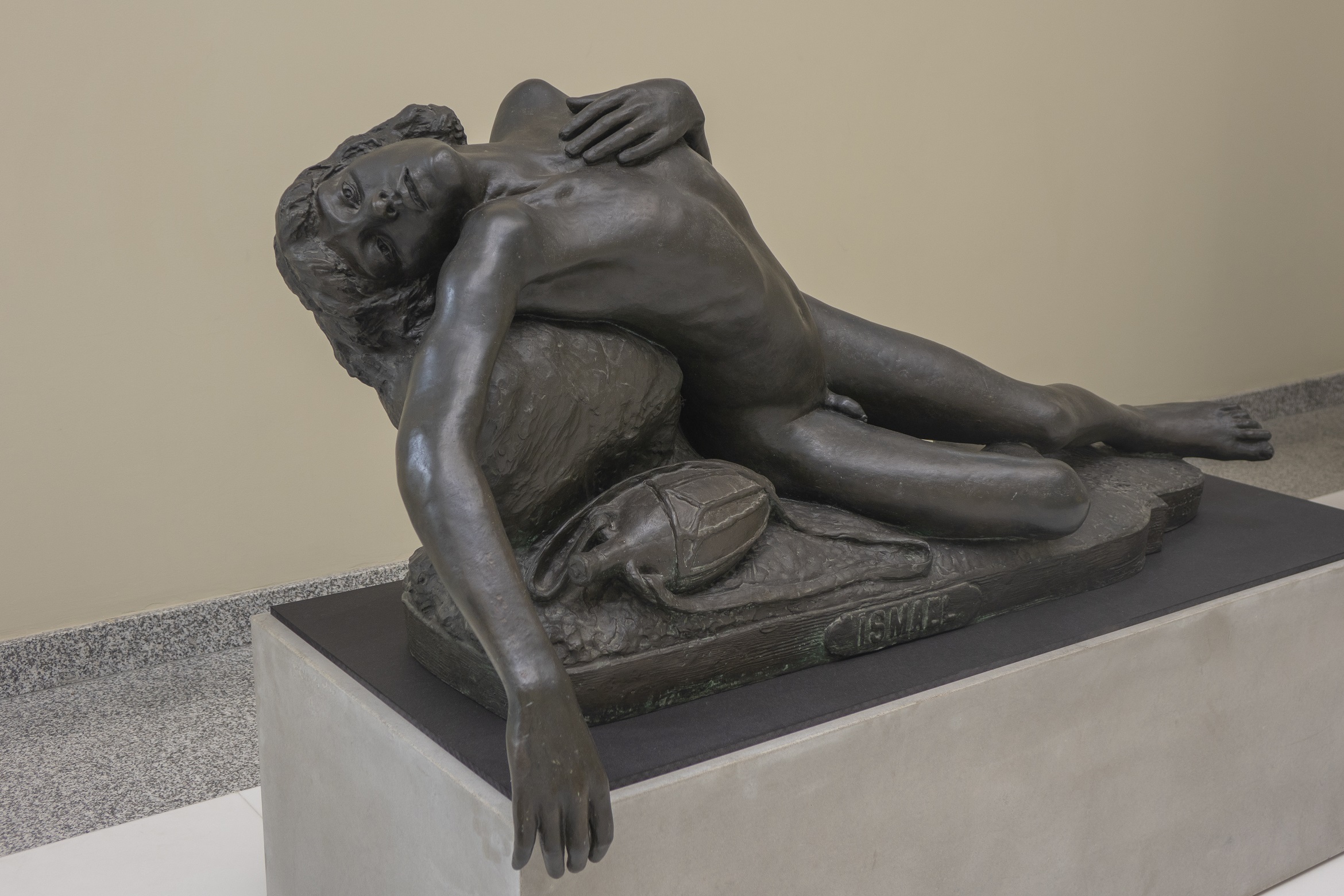In 2024, the theme will be contemporary jewellery, with the artist Inês Nunes as Curator. The active artistic community will thus be called upon to develop creative and innovative proposals for contemporary jewellery in close relation to selected artworks from the Soares dos Reis National Museum’s collection. The result of these participations will then be presented in an annual exhibition that demonstrates the “affinities” between the objects in the Museum and the creations of the various artists, which will include a parallel programme of talks and workshops related to the theme.
The project is being developed by the Soares dos Reis National Museum in partnership with Porto Art District, with the patronage support of the Super Bock Group, as well as the support of the Dr José de Figueiredo Group – Friends of the Soares dos Reis National Museum.
Soares dos Reis National Museum
The Soares dos Reis National Museum has its origins in the Museum of Paintings and Prints and other Fine Arts objects, created in 1833 by King Pedro IV of Portugal. Known as the Museu Portuense, it was housed in the extinct Santo António da Cidade Convent, in Praça de S. Lázaro.
In 1839, it passed to the management of the Academia Portuense de Belas Artes and, with the proclamation of the Republic, was renamed the Soares dos Reis Museum in memory of one of the most outstanding names in Portuguese art.
In 1932, it was renamed the National Museum and, in 1940, the museum was installed in the Carrancas Palace, where it still remains.
Porto Art District
Porto Art District is an association for the local development of the area known as Bombarda, in Porto. Its mission is to coordinate the actions of the local community and the sharing of resources to improve life in this quarter, ensuring the combination of its many dimensions: Social, Cultural, Environmental, Urban and Economic.
For nearly three decades, the Porto Art District has been an epicentre of business and creatives, boosted by the concentration of contemporary art galleries. Bombarda is currently home to more than 178 establishments in the areas of commerce, media and leisure services, culture and entertainment.
Inês Nunes
Inês Nunes, 1979. Portuguese, lives and works in Lisbon. Artist and teacher. Graduated in Psychological Sciences – Ispa. She completed the Jewellery Course, the Advanced Plastic Arts Course – Ar.Co, where she was a student, scholarship holder and teacher in the Jewellery Department, the Artistic Training Course in Drawing – National Society of Fine Arts. She studied Textile Art and Design at the António Arroio Art School and is a lecturer on the Artistic Production, Design and Technology Course – Jewellery Specialisation.
Nationally and internationally, she develops her artistic work in the areas of Art, Design, Art Psychology and Fashion. She has always collaborated actively in numerous events, actions and projects linked to her activities – From Pedagogy to Exhibitions. Through the invitations and challenges presented to her, she takes part in specific collaborations with both individuals and companies. She provides consultancy and management services for artistic projects and has been invited to give talks and presentations on her work, in which she experiments and explores her expressive knowledge of contemporary jewellery as a multidisciplinary and artistic area.

